The Parsis, a unique and vibrant community, hold a significant place in the historical tapestry of India. From their migration centuries ago to the lasting impact they’ve had on Indian society. The Parsis have a legacy that deserves our attention and admiration. So, let’s delve into the rich world of the Parsi community and explore their historical significance in India!
Historical Background
It all began in the 8th century when religious persecution compelled the Parsis, followers of the ancient Zoroastrian faith. They seek refuge and preserve their traditions elsewhere. They set sail across treacherous waters, braving the unknown. Until they reached the shores of Gujarat, a western state in India. This marked the beginning of their migration and the establishment of Parsi settlements in India.
Now, you might be wondering, “What led them to choose India?”. Well, the Parsis saw India as a land of religious tolerance and open-mindedness. They were warmly welcomed by the local rulers and found an atmosphere conducive to practicing their faith freely. Moreover, India’s flourishing trade routes and opportunities for commerce made it an attractive destination for the Parsis to start afresh. With their entrepreneurial spirit and business acumen, they soon became key players in trade and industry. They left an indelible mark on the economic landscape of India.
As the Parsis settled in India, they integrated seamlessly into Indian society while maintaining their distinct identity. They established vibrant communities, primarily in Mumbai and other parts of Gujarat, where they flourished in various fields. Over time, the Parsis became deeply interwoven into the fabric of Indian society. They contributed to the arts, literature, education, and philanthropy, enriching the cultural and intellectual tapestry of the nation. Their remarkable ability to assimilate while preserving their unique customs and traditions is a testament to the harmonious coexistence of diverse cultures in India.

Cultural and Artistic Contributions
When it comes to art, music, and dance, the Parsis have left an indelible imprint on Indian culture. Their enduring influence can be seen in various art forms. From vibrant paintings and intricate sculptures to mesmerizing music and graceful dance forms. The Parsis have enriched Indian art with their creative expressions. The unique blend of Persian and Indian aesthetics is evident in their artistic endeavors. It creates a captivating fusion that continues to captivate audiences to this day.
The Parsi community’s contributions to Indian literature, theater, and cinema are truly remarkable. Their literary prowess has produced some of India’s most celebrated writers and poets. Their works have shaped the country’s literary canon. Moreover, Parsi theater holds a special place in Indian performing arts. The Parsis introduced Western-style theater to India, infusing it with their own flavors and narratives. This gave birth to a vibrant theater scene. Furthermore, the Parsi community’s significant role in shaping Indian cinema cannot be overlooked. Many notable actors, directors, and producers of Indian cinema hail from the Parsi community.
Within the Parsi community, there are several notable individuals who have left a lasting legacy in the realms of art, literature, theater, and cinema. One such luminary is Jamshedji Framji Madan, a pioneering film exhibitor, and distributor who played a crucial role in the early development of the Indian film industry. His vision and entrepreneurial spirit helped shape the foundations of Indian cinema. In the realm of literature, the prolific writer and playwright, Bapsi Sidhwa, stands out with her powerful storytelling and exploration of complex themes. Her works have received international acclaim and have contributed immensely to contemporary literature. And let’s not forget about the legendary actor, Boman Irani, who has graced the silver screen with his exceptional performances.

Economic and Industrial Contributions
When it comes to shaping India’s economic landscape, the Parsi community has played a pivotal role. From the early days of their settlement in India, Parsis actively engaged in trade and commerce. They established themselves as prominent business leaders. Their unwavering commitment to excellence and innovation has propelled them to the forefront of India’s economic fabric.
The contributions of the Parsis to industries such as textiles, shipping, and banking are unparalleled. In the textile sector, Parsi entrepreneurs pioneered the establishment of mills and factories. Their commitment to quality and craftsmanship elevated Indian textiles to global recognition. Additionally, the Parsis made significant strides in the shipping industry. Their entrepreneurial ventures led to the establishment of successful shipping companies, facilitating trade and connectivity across the seas. Moreover, the Parsis have had a strong presence in the banking sector. Parsi-founded banks have been instrumental in supporting economic growth and facilitating financial services in India.
The Parsis’ entrepreneurial spirit is truly remarkable. And their establishment of successful businesses is a testament to their dedication and vision. They have demonstrated an innate ability to identify opportunities, take calculated risks, and create thriving enterprises. The Parsi community’s business ventures span a wide range of industries, including manufacturing, real estate, hospitality, and more. Their strong work ethic, integrity, and commitment to social welfare have earned them respect and admiration across the business world. The Parsis continue to inspire future generations with their entrepreneurial endeavors, leaving a lasting legacy of business excellence and innovation.
Educational and Philanthropic Endeavors
education is evident in the establishment of prestigious educational institutions and libraries that have become pillars of academic excellence. These institutions have not only provided quality education but have also facilitated cultural exchange and inclusivity. Moreover, the Parsis’ philanthropic activities have made a significant impact on society. Through charitable trusts, scholarships, and philanthropic initiatives, they have supported causes ranging from education to healthcare, social welfare, and community development. Their benevolent acts have uplifted and empowered individuals and communities, leaving a lasting legacy of compassion and generosity.
In addition to their contributions to education and philanthropy, the Parsi community has left an indelible imprint on India’s economic and industrial landscape. With their entrepreneurial spirit and business acumen, Parsis have shaped the country’s economic growth. They have played key roles in industries such as textiles, shipping, banking, and more, introducing innovation, quality, and ethical practices. Furthermore, Parsi artists, writers, and performers have made remarkable contributions to Indian culture. Their enduring influence can be seen in various art forms, literature, theater, and cinema. The Parsis have enriched Indian culture with their creative expressions, blending Persian and Indian aesthetics to create captivating works of art. Collectively, their contributions in diverse spheres have become an integral part of India’s fabric, inspiring generations and leaving an enduring legacy that continues to shape the nation.
Social Reforms and Progressive Movements
The Parsi community’s involvement in social reforms and progressive movements in India has been commendable, marking them as agents of positive change. They have actively championed causes such as women’s rights, education for all, and social equality. Parsis have been at the forefront of advocating for gender equality, empowering women, and challenging societal norms that hinder their progress. Furthermore, their commitment to education extends beyond their own community, as they have worked tirelessly to ensure education is accessible to all, regardless of background or socio-economic status. Parsis have also been vocal advocates for social equality, fighting against discrimination and promoting inclusivity. Many Parsi leaders have emerged as beacons of change, inspiring and mobilizing society toward a more equitable and progressive future. Their tireless efforts have paved the way for a more inclusive and just society in India.
Influence on Cuisine and Festivals
The influence of Parsi cuisine on the culinary landscape of India is undeniable. With its unique blend of Persian and Indian flavors, Parsi cuisine has carved its own distinct place in the rich tapestry of Indian food. The culinary traditions of the Parsis reflect their history, culture, and diverse influences. Famous for their love of aromatic spices, succulent meats, and flavorful rice preparations. Parsi dishes are synonymous with comfort and indulgence. From the iconic Dhansak, a delectable combination of lentils, meat, and vegetables, to the irresistible Patra ni Machi, steamed fish marinated in green chutney and wrapped in banana leaves. Parsi cuisine offers a tantalizing array of flavors and textures that have captivated food enthusiasts across India.
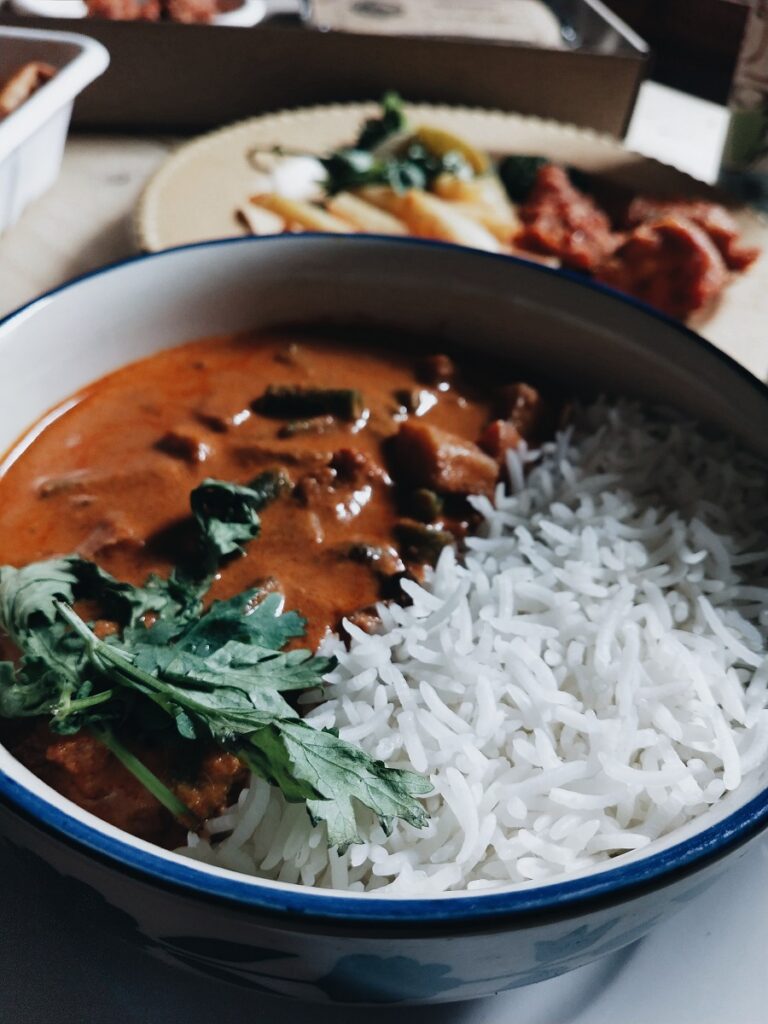
Beloved Favorites: Parsi Culinary Gems on Indian Menus
Parsi festivals are celebrated with great enthusiasm and joy across various communities in India. Navroze, the Parsi New Year, marks the beginning of a new year and is celebrated with feasts, prayers, and cultural performances. The vibrant festival of Pateti is dedicated to introspection and forgiveness. Parsis come together to reflect on their deeds and seek spiritual growth. During these festivals, Parsis gather with family and friends to partake in traditional dishes, exchange gifts, and revel in the joyous atmosphere. The celebrations extend beyond the Parsi community, with people from different backgrounds joining in the festivities. It showcases the inclusive nature of these festivals and the wider appreciation of Parsi culture in India.

Some of the best Parsi Restaurants in the World
- Britannia & Co. (Mumbai, India): Britannia & Co. is a legendary Parsi restaurant in Mumbai that has been serving delicious food since 1923. It is famous for its berry pulao, caramel custard, and other Parsi delicacies.
- SodaBottleOpenerWala (Mumbai, India): SodaBottleOpenerWala is a popular Parsi restaurant chain in Mumbai, Delhi, Bengaluru, and Hyderabad. It is known for its rustic decor, old-world charm, and delicious Parsi cuisine.
- Rustom’s Parsi Bhonu (Singapore): Rustom’s Parsi Bhonu is a popular Parsi restaurant in Singapore that serves authentic Parsi cuisine. It is known for its mutton dhansak, patra ni machi, and other Parsi delicacies.
- Jimmy Boy (Mumbai, India): Jimmy Boy is a popular Parsi restaurant in Mumbai that has been serving delicious food since 1920. It is famous for its dhansak, patra ni machi, and other Parsi delicacies.
- Café Irani Chaii (Dubai, UAE): Café Irani Chaii is a popular Parsi restaurant in Dubai that serves authentic Parsi cuisine. It is known for its mutton dhansak, patra ni machi, and other Parsi delicacies.
Dive into Parsi Culture
- “The Parsis: The Zoroastrians of India: A Photographic Journey” by Sooni Taraporevala – This captivating book takes readers on a visual exploration of the Parsi community through stunning photographs, providing a glimpse into their culture and traditions.
- “The Art of Parsi Cooking: Reviving an Ancient Cuisine” by Niloufer Mavalvala – Dive into the world of Parsi cuisine with Niloufer Mavalvala’s expert guidance, as she skillfully brings forth the flavors, techniques, and stories behind the delectable dishes of the Parsi community.
- “Parsi: From Persia to Bombay: Recipes & Tales from the Ancient Culture” – Embark on a culinary and cultural journey with this enchanting book that combines authentic Parsi recipes with captivating tales of the community’s rich history, bridging the gap between ancient Persia and modern-day Bombay (Mumbai).
- “My Bombay Kitchen: Traditional and Modern Parsi Home Cooking” – Delve into the heart of Parsi cuisine with this delightful cookbook that seamlessly blends traditional recipes with contemporary flavors. Discover the secrets of authentic Parsi home cooking and savor a diverse range of flavors, as this book celebrates the culinary heritage of Bombay (Mumbai) and brings the vibrant flavors of Parsi dishes to your kitchen.
- “The Teachings of Zoroaster, and the Philosophy of the Parsi Religion” – Explore the profound wisdom and spiritual teachings of Zoroaster, the founder of Zoroastrianism, as this enlightening book delves into the philosophy and core principles of the Parsi religion, shedding light on its enduring significance and influence.
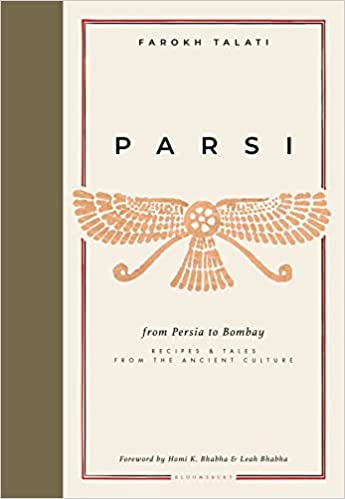
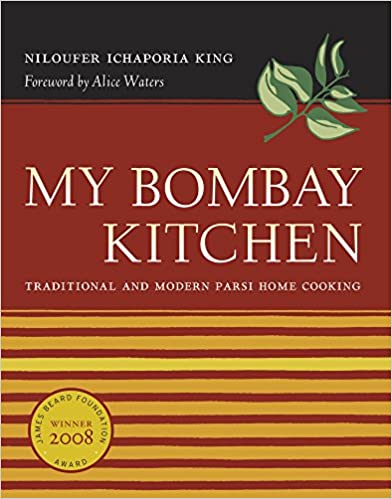
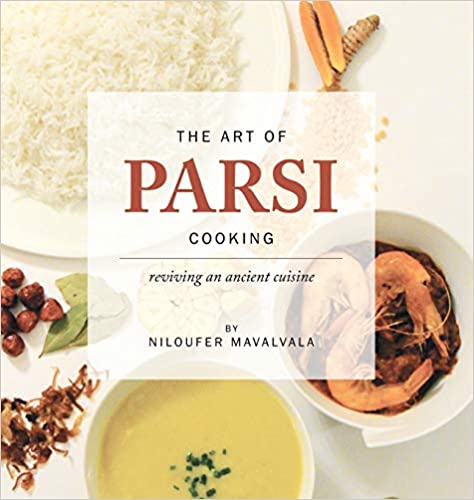
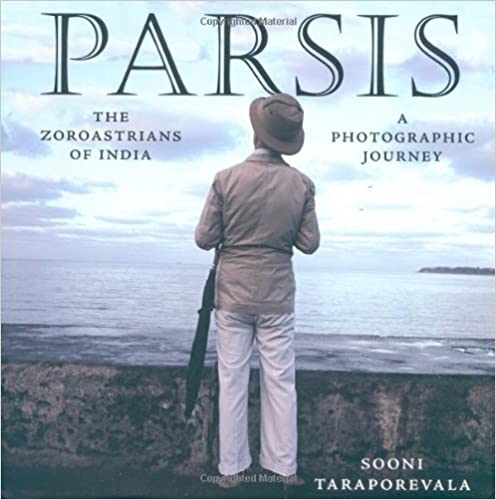

Enduring Cultural Practices and Traditions
The preservation of Zoroastrianism and Parsi cultural practices in India stands as a testament to the resilience and dedication of the Parsi community. Despite being a minority group, Parsis have held steadfast to their ancient Zoroastrian faith, which originated in ancient Persia. Their religious customs, beliefs, and values have been preserved through generations, forming the bedrock of Parsi identity. The fire temples, where the sacred fire is kept alive, serve as symbolic centers of worship and spiritual continuity. Alongside their religious practices, Parsis have also nurtured their unique cultural heritage, blending Persian and Indian influences. From traditional attire such as the distinctive Parsi saree for women and the traditional white cap for men. To the vibrant Parsi cuisine and their art forms, the community has safeguarded its cultural practices, ensuring they endure and thrive in the Indian social fabric.
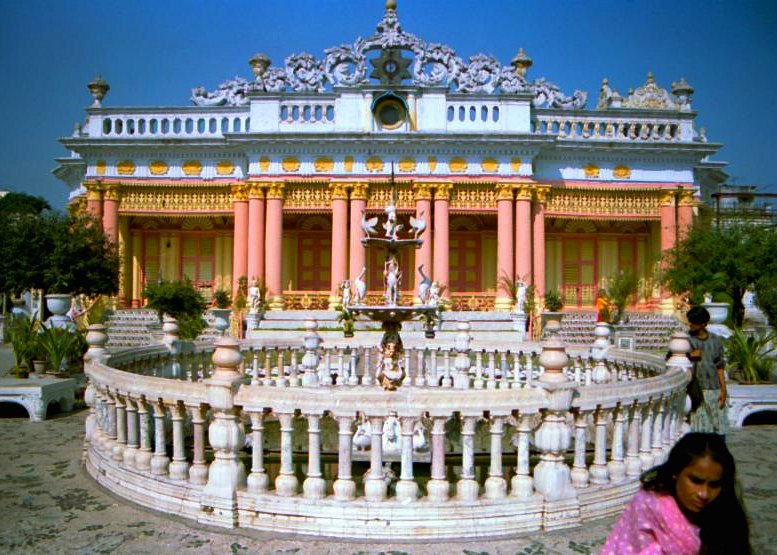
The Parsi community’s enduring legacy in India is one of remarkable contributions, cultural richness, and social impact. From their historical migration to their integration into Indian society. The Parsis have left an indelible mark on various aspects of the country’s heritage. Their influence spans art, cuisine, literature, industry, social reforms, and the preservation of their ancient faith. Through their commitment to education, philanthropy, and social equality, they have played a pivotal role in shaping a more inclusive and progressive society. The Parsi community’s unwavering dedication to preserving their traditions, passing them on to future generations, and celebrating their cultural practices showcases their resilience and commitment to their unique identity. As India continues to evolve, the Parsi legacy stands as a shining example of the lasting impact a vibrant and close-knit community can have on a nation’s cultural tapestry.
